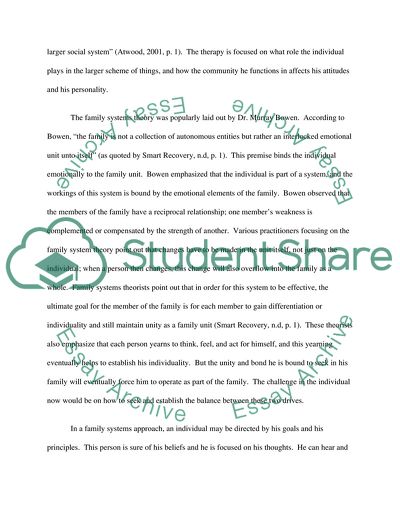Cite this document
(Principles of Relationship Counselling Research Paper, n.d.)
Principles of Relationship Counselling Research Paper. Retrieved from https://studentshare.org/psychology/1726277-principles-of-relationship-counselling
Principles of Relationship Counselling Research Paper. Retrieved from https://studentshare.org/psychology/1726277-principles-of-relationship-counselling
(Principles of Relationship Counselling Research Paper)
Principles of Relationship Counselling Research Paper. https://studentshare.org/psychology/1726277-principles-of-relationship-counselling.
Principles of Relationship Counselling Research Paper. https://studentshare.org/psychology/1726277-principles-of-relationship-counselling.
“Principles of Relationship Counselling Research Paper”, n.d. https://studentshare.org/psychology/1726277-principles-of-relationship-counselling.


